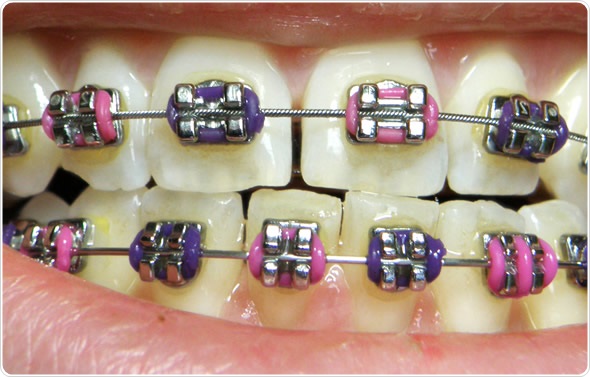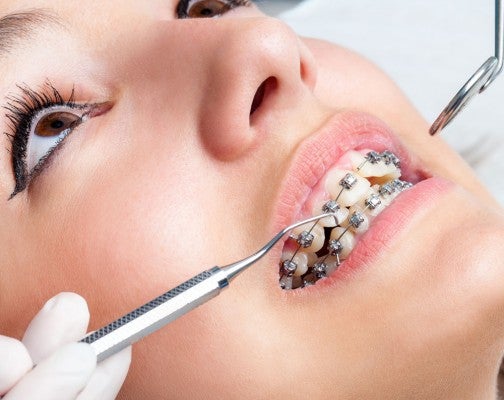Comprehensive Overview to Orthodontics Treatments for Fixing Dental Misalignments
Understanding the ins and outs of each treatment, including their devices, benefits, and potential disadvantages, is crucial in making notified choices concerning one's orthodontic therapy. As we browse through the detailed guide to orthodontic treatments for fixing oral misalignments, the intricate information of each approach will certainly unfold, dropping light on the course towards a unified and practical oral alignment.
Orthodontic Procedures Overview

In addition to clear aligners and traditional dental braces, orthodontists may likewise advise various other treatments like headgear, palatal expanders, or retainers to deal with particular alignment concerns (cumming aligners). These treatments are tailored to each patient's one-of-a-kind needs and may involve a mix of treatments to accomplish the desired results. Regular adjustments and tracking are essential components of orthodontic treatment to make sure progression gets on track and to make any essential adjustments along the road. By going through orthodontic procedures, patients can not just achieve a straighter grin yet also enhance their overall dental health and wellness and feature.
Typical Dental Braces: Exactly How They Work
When taking into consideration orthodontic treatments for dental imbalances, typical braces stick out as a reliable approach for dealing with teeth placing. Typical dental braces include braces, wires, and bands that work with each other to apply constant pressure on the teeth, progressively relocating them into the wanted positioning. The brackets are affixed to the teeth utilizing an unique adhesive, and the cables are threaded with the brackets. By changing the tension of the wires, orthodontists can control the direction and force put on each tooth, directing them into proper positioning with time.
As pressure is used to the teeth via the dental braces, the bone bordering the teeth is reshaped to support the new tooth settings. People will require regular changes at the orthodontist's office to make sure the braces continue to use the right pressure for efficient teeth movement.
Undetectable Aligners: Pros and Cons
These clear, personalized trays are essentially unseen when used, making them an appealing choice for people looking for an extra visually pleasing orthodontic treatment. Individuals can remove the aligners prior to eating or cleaning their teeth, minimizing the threat of food getting stuck in the home appliance and simplifying the cleansing process.

Surgical Orthodontic Options
Surgical interventions in orthodontics existing viable options for addressing complex oral misalignments that might not be effectively resolved via conventional orthodontic therapies. While typical dental braces and undetectable aligners can deal with several orthodontic issues, particular cases require surgical intervention to attain optimal results. Surgical orthodontic alternatives are usually suggested for severe malocclusions, considerable jaw discrepancies, and situations where the underlying bone structure requires adjustment to achieve appropriate placement.
One typical surgical orthodontic procedure is orthognathic surgery, which entails repositioning the jaws to correct practical concerns such as trouble talking or eating. This surgery is frequently done in collaboration with an orthodontist that assists straighten the teeth prior to and after the procedure. Surgical orthodontics may likewise include procedures to reveal impacted teeth, eliminate excess periodontal cells, or reshape the jawbone to develop a much more harmonious facial profile.
Prior to taking into consideration medical orthodontic alternatives, patients undertake an extensive assessment to identify the need and potential advantages of such interventions. cumming orthodontics. While surgical procedure may appear daunting, it can significantly enhance both the function and aesthetics of the smile in cases webpage where conventional orthodontic treatments fail
Retainers and Post-Treatment Treatment

Failing to conform with post-treatment treatment guidelines can result in relapse, where the teeth progressively move back towards their initial positions. Regular retainer wear, good oral hygiene, and regular oral examinations are essential for maintaining the outcomes accomplished via orthodontic surgical treatment and making sure the long-lasting security of the dealt with oral positioning.
Conclusion
In verdict, orthodontic procedures use different options for remedying oral misalignments. Surgical orthodontic options are offered for more extreme misalignments. Overall, orthodontic procedures can successfully enhance oral health and wellness and visual appearance.
As we browse through the extensive guide to orthodontic treatments for fixing dental imbalances, the elaborate information of each method will certainly unravel, losing light on dental discount the course toward a harmonious and useful oral positioning. - cumming braces
One of the most common orthodontic treatments is the usage of dental braces, which are composed of steel braces and cables that apply gentle pressure to gradually change teeth right into the wanted position.When taking into consideration orthodontic therapies for oral misalignments, standard dental braces stand out as a tried and true method for dealing with teeth positioning. Furthermore, undetectable aligners may not be suitable for complicated orthodontic problems that require more significant teeth activity, as they are generally recommended for light to modest cases. Retainers are tailor-made orthodontic devices created to hold teeth in their fixed positions after the conclusion of orthodontic treatment.